Carrying heavy textbooks, completing multiple worksheets, sitting through long lectures, and taking notes upon notes. This describes the life of students, all the way back from our parents up to now, who grew up in school with this traditional way of learning. It seems like students have gotten so used to these traditional learning routines that some may be surprised when they hear that what we’re familiar with will soon be gone. It appears that 2 ⁄ 3 of our teachers in Central have begun to incorporate a new learning style into all classes, which is known as Project-based Learning (PBL). With this new method on the rise, it’s important to stay updated with what’s to come. If you’re curious about these upcoming changes, here’s what you need to know.
What is Project-Based Learning?
Hardin County Schools has been planning to adopt PBL for high school students for a while now. For these past two summers, teachers have been trained to teach this education method and are working hard to make sure it will be taught properly. The last third of Central’s faculty staff will complete their training this summer, so PBL is likely to be fully implemented very soon!
Before going any further, it’s important to grasp exactly what PBL is. To make matters clear — no, PBL is not just doing projects all the time — so don’t worry about having a project to do every class period. Rather, it’s much simpler than that. PBL is simply a method where students learn by actively engaging in real world activities.
Here’s how social studies teacher and PBL coach Dana Garrett put it.
“It’s really just taking a bunch of teaching strategies and making them more intentional for students.”
The goal of PBL is to help students with whatever they are learning so that they would be able to connect it to something that might be meaningful to them.
“It’s not just notes and worksheets,” Garrett said. “It’s (learning) a concept and how does it apply?”
Garrett and her Civics class do this by first identifying a real-world problem. For example, after students learned the definitions of the terms “economic problems” and “scarcity” they then had to apply this knowledge by looking at an item on their wish list and notice how problems in the economy affect the price of their item.
PBL also includes some group work which helps students enhance their communication skills. Though this could take time for some people getting used to, Garrett thinks it’s worth it.
“It’s gonna help them (students) in the real world,” Garrett said. “You have to learn to work with people and communicate with people.”
Is Project Based Learning Effective?
Some may wonder if PBL will even work for them. After all these years of what they’re familiar with, it may be tempting to think it won’t come easy. However, teachers assure you that it’s nothing to worry about.
Science teacher Kimberly Gibson has been teaching for 16 years and has experience with using both traditional and Project-based Learning. When asked if she believes PBL is more effective for students, she knows that it is 100%.
“I think Project-based Learning gives students an opportunity to be in charge and invested in what they are learning,” Gibson said. “When students are in charge, they tend to learn more because they enjoy it and they are invested in it… it’s something they care about a little bit more than just listening to a teacher give notes.”
In Gibson’s class, students find themselves working together in labs, creating projects, and engaging with one another in their own ”house” or group.
“With science I see a lot of growth in the practical applications,” Gibson said. “It starts to click rather than just thinking to yourself when am I ever going to use this?”
Oftentimes many are so quick to just grab the material they’re learning and then try to memorize it so quickly for a test, but then they’ve never really understood what it was they were learning in the first place. This leaves students unprepared and forgetful, which fails them to prepare for the future. PBL is hoped to change this behavior for the better, however, as students may finally be able to make clear connections and applications to what they’re taking in.
Student Perception
A couple of students who are in some of these classes were asked for their opinions on how they enjoy learning better. Does PBL work for them, or is traditional the way to go?
“I feel like I can grasp concepts better with this style of learning,” junior Selest Sutton said. “It’s easier for me to understand the material better. Rather than just having a teacher explain it to me, I have others to help me.”
Sutton doesn’t mind the fact that she has to work with other people either.
“It’s helpful overall, it engages you more,” Sutton said.“I feel like that whenever there’s traditional learning, you have that feeling that you might be behind or not on track, but with a group, you’re right there” she said. “You know where everyone else is at and you can grow off each other, so you’re just not trying to figure everything out yourself.”
Junior Jaden Gavin has similar thoughts.
“For learning, I prefer to be more active instead of just sitting at a desk and writing things down,” Gavin said.
What do you think?
Now, while it’s not a guarantee that you will never see another worksheet in your life again, you will see a shift in the way you learn things. Whether this means you have to engage more with your peers or make connections with the real world and the math skills you learn. Ultimately, every classroom works differently, but the ultimate goal in every teaching style is for the student to learn, grow, and have success.
What are your thoughts? Have you seen PBL in your classes so far? Do you like it? Or do you believe the traditional way of learning is the way to go? Feel free to leave a comment!



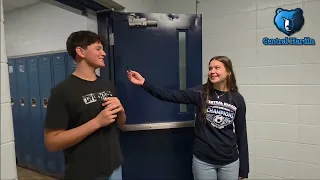
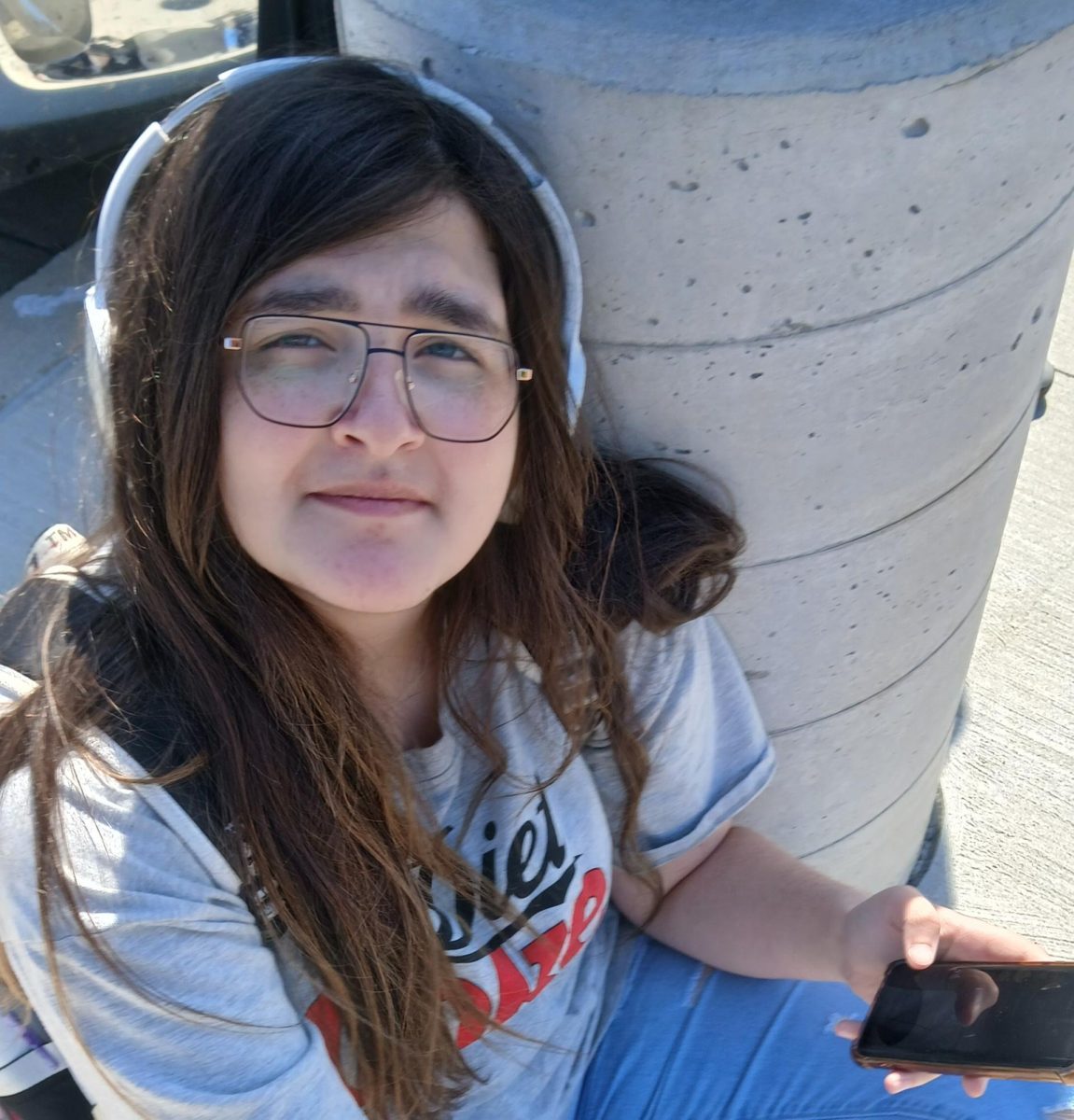
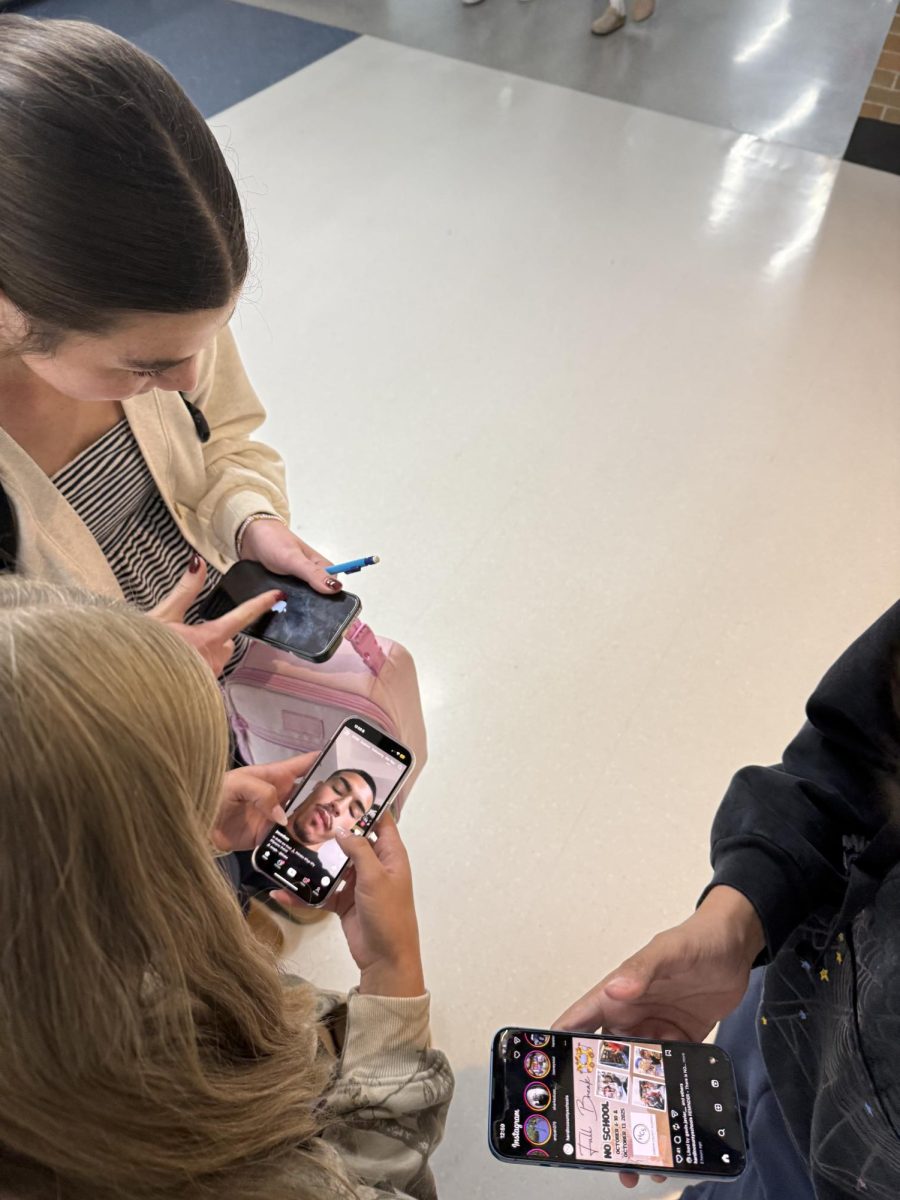

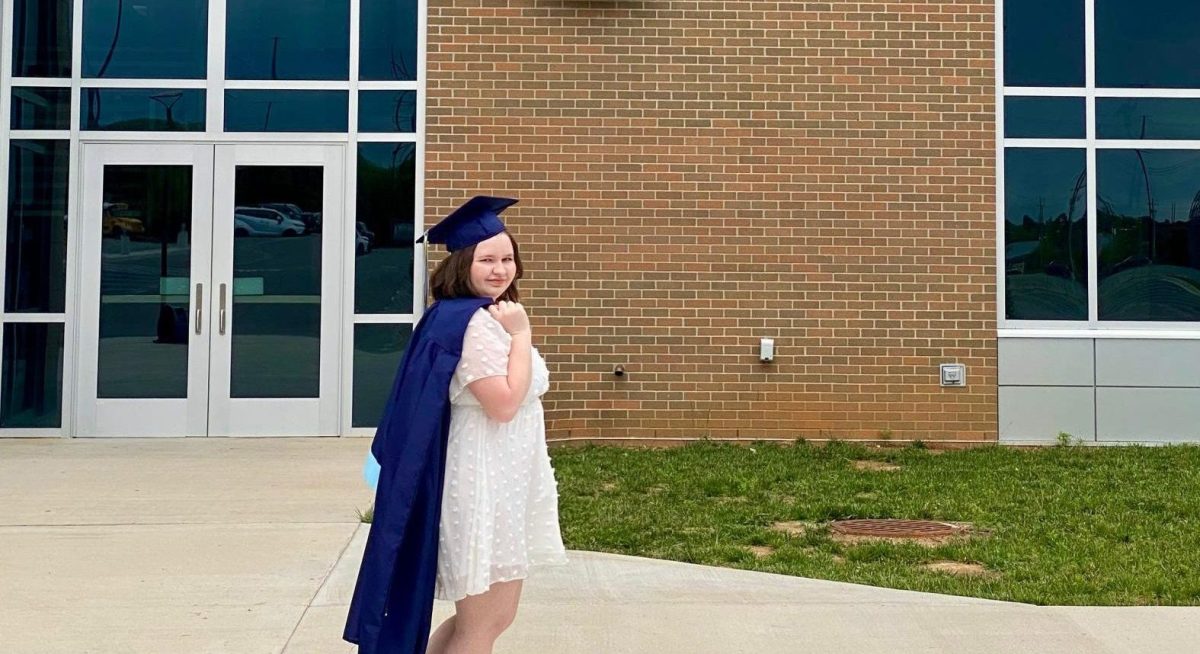
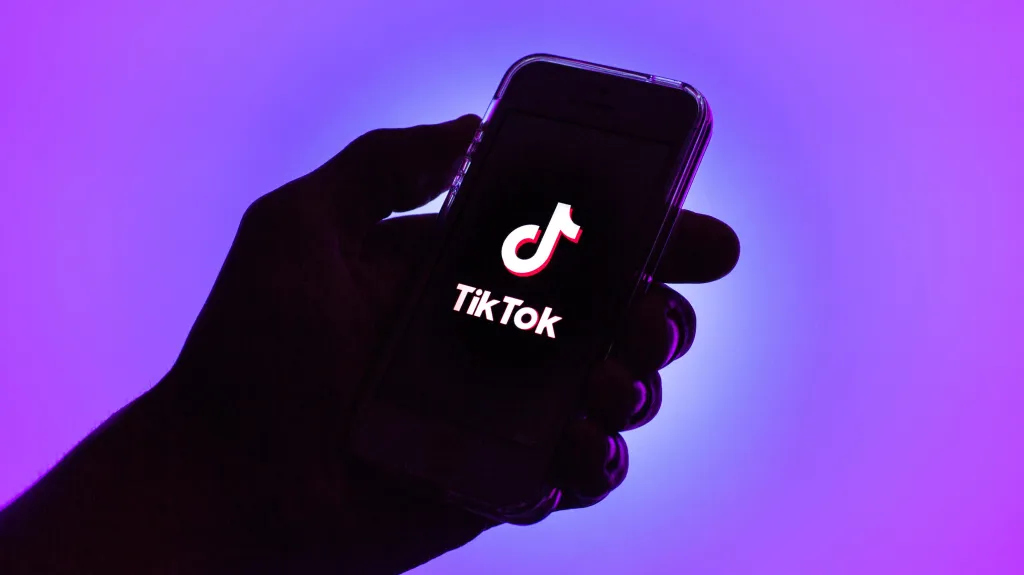



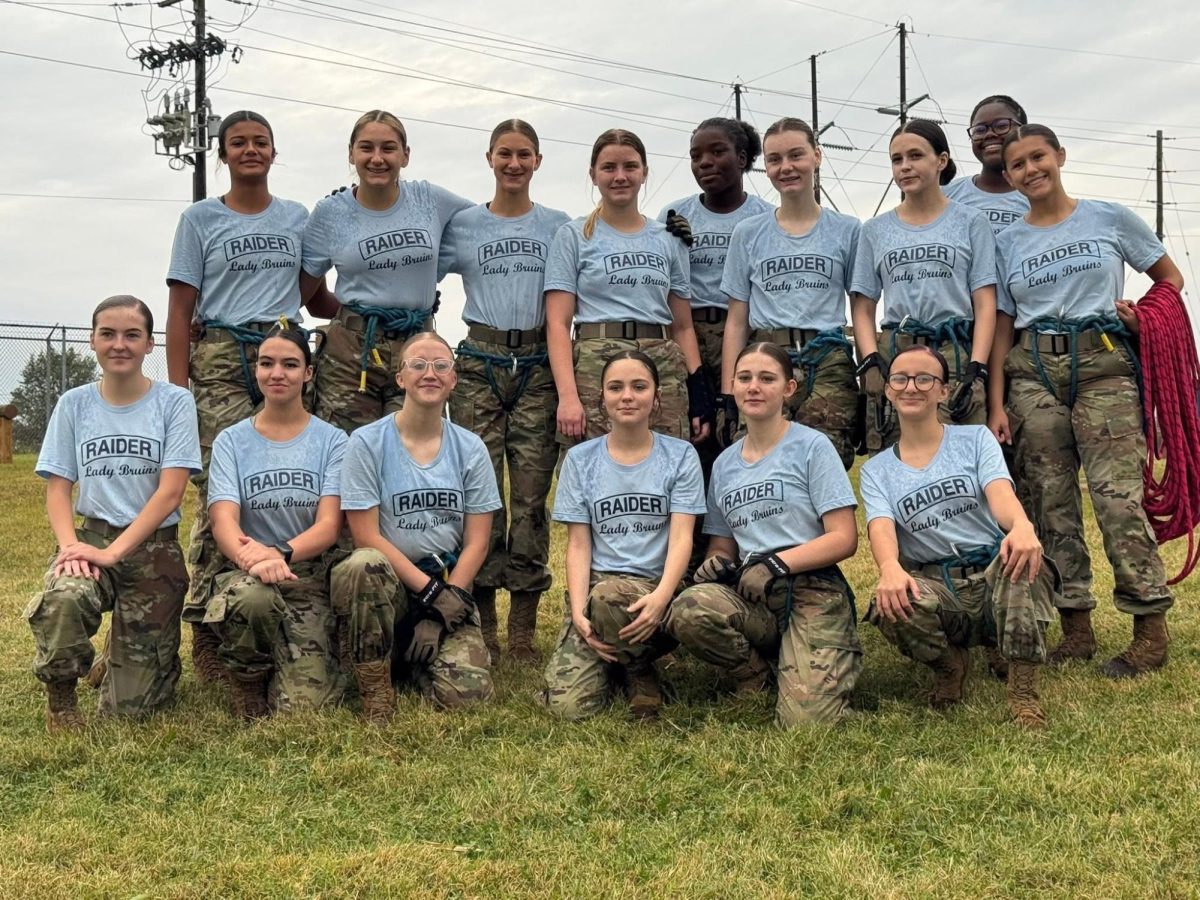

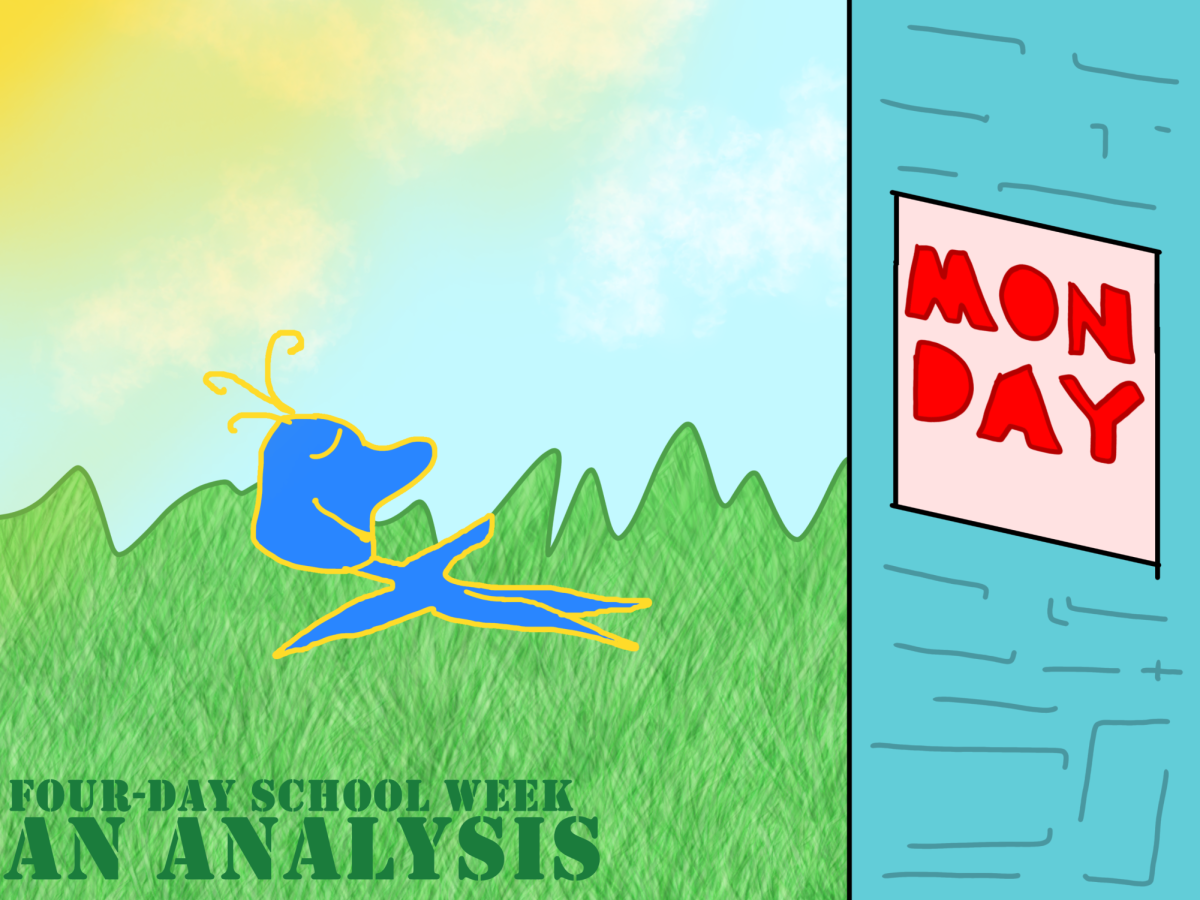
becca • Jan 5, 2024 at 6:59 am
This is a very well-written article, and I love that we see the teacher’s perspective, as well as the student’s perspective. I, being from all over the world, have seen the downfall of traditional learning. We were miserable having to sit down and take notes upon notes in every class. And in some places, we had eight classes a day !! So sitting, taking notes, not talking, or engaging with fellow classmates was even worse when there were eight classes we had to do it in. I love PBL, it is a great change of pace from traditional learning.
Love the article, Lily !!
Liliana Williams • Jan 5, 2024 at 9:24 am
So glad you enjoyed it! I’m very thankful for your feedback, Becca!